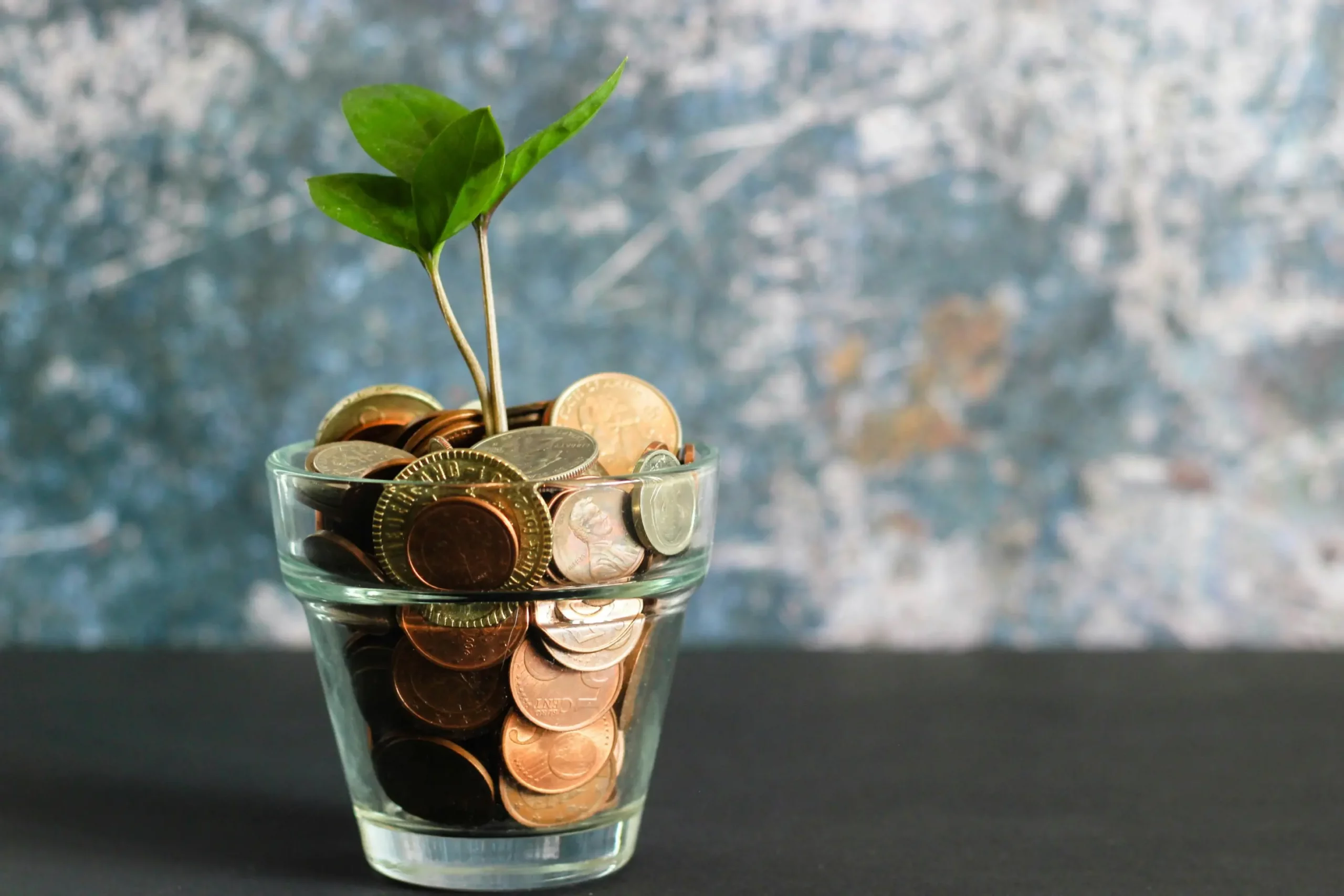Climate crisis has reached its highest in recent years, especially this year. As a result of this, the concept of sustainability has gained popularity. When it comes to businesses and how they operate, it has become mandatory to consider the environmental impact of every decision.
The banking industry, nowadays, has picked up on this concept of sustainability, with green banking. The financial sector has recognized the importance of being eco-friendly in the way they function.
Sustainable banking offers a drastic shift and contrast from the more “traditional” banking system. Both in its practices and approaches, the initiative aims to target global issues.
The initiative involves a wide range of practices that integrate what is called “ESG”- the Environmental, Social and Governance perspectives, in order to make decisions.
Environmental Impact of Traditional Banking
The traditional banking model has had a significant environmental footprint due to its heavy reliance on physical infrastructure, paper-based processes, and investments in environmentally harmful industries.
Banks consume substantial amounts of energy to power their branches, data centers, and ATM networks, contributing to greenhouse gas emissions.
Moreover, the financing of fossil fuel projects, such as coal-fired power plants, oil and gas exploration, and extraction activities, has been a major source of environmental degradation.
These investments not only exacerbate climate change but also contribute to air and water pollution, deforestation, and biodiversity loss.
Paper-intensive operations, including account opening, loan processing, and statement printing, have also had a detrimental impact on the environment.
The production, transportation, and disposal of paper products consume natural resources and generate waste, further straining the planet’s ecosystems.
Additionally, the construction and operation of bank branches and office buildings have a significant carbon footprint.
The embodied energy in building materials, energy consumption for heating, cooling, and lighting, and the generation of waste during construction and demolition all contribute to the environmental impact of traditional banking practices.
As public awareness of environmental issues grows, traditional banking practices are increasingly scrutinized for their role in exacerbating climate change and environmental degradation.
This has prompted calls for a shift towards more sustainable banking models that prioritize environmental responsibility and mitigate the negative impacts of the financial sector on the planet.
Sustainable Banking Practices with Green Banking
As the world becomes increasingly aware of the need to address climate change and environmental degradation, banks are being called upon to adopt more sustainable practices.
There are several key areas where banks can make a positive impact:
Green Lending and Investment
One of the primary ways banks can promote sustainability is through their lending and investment decisions. By prioritizing financing for renewable energy projects, energy-efficient buildings, sustainable agriculture, and other environmentally-friendly initiatives, banks can drive the transition to a low-carbon economy.
Initiatives like green loans, with preferential terms for eco-friendly projects, can incentivize sustainable development.
Environmental and Social Risk Management
Banks should also integrate environmental and social risk factors into their risk management frameworks. This involves assessing the potential impacts of clients’ activities on the environment and communities, and making lending decisions accordingly.
Sectors like fossil fuels, mining, and deforestation present heightened environmental and social risks that need to be carefully evaluated.
Sustainable Operations
Banks can also work to reduce their own environmental footprints through initiatives like energy efficiency in buildings, reducing waste and water usage, and switching to renewable energy sources.
Implementing environmental management systems and obtaining certifications like LEED can demonstrate a bank’s commitment to sustainability.
Product Innovation
There is growing demand for banking products that align with environmental and social values.
Banks can develop green financial products like sustainable investment funds, climate-focused bonds, and carbon offset programs. Digitization can also help reduce the environmental impact of traditional banking activities.
Stakeholder Engagement
Engaging with stakeholders like customers, employees, investors, and communities is crucial for developing and implementing effective sustainable banking strategies.
Banks can educate stakeholders on sustainable finance, incorporate their feedback, and collaborate on sustainability initiatives.
By integrating these sustainable practices across their operations and product offerings, banks in the UAE and worldwide can position themselves as leaders in the transition to a more sustainable future.
Regulatory and Policy Framework
Sustainable banking is not just a voluntary initiative by financial institutions; it is increasingly being driven by regulations and policies aimed at mitigating climate change and promoting environmental sustainability.
Governments and regulatory bodies around the world have recognized the pivotal role that the banking sector can play in facilitating the transition towards a low-carbon and sustainable economy.
One of the most significant global frameworks is the Paris Agreement, adopted in 2015, which aims to limit global warming to well below 1.5°C above pre-industrial levels.
The agreement has prompted many countries to introduce policies and regulations that encourage sustainable finance and green banking practices.
The UAE Central Bank has also issued guidance on sustainable finance, encouraging banks to integrate environmental, social, and governance (ESG) factors into their risk management frameworks and lending decisions.
The EU has also introduced the EU Taxonomy, a classification system that defines environmentally sustainable economic activities, to guide sustainable investments.
Regulatory bodies are also introducing stress testing and scenario analysis requirements to assess the resilience of banks to climate-related risks.
For example, the Bank of England has conducted climate stress tests for major UK banks, and the European Central Bank has announced plans for similar exercises.
Moreover, several countries have introduced green bond frameworks and guidelines to facilitate the issuance of bonds that finance environmentally friendly projects.
The UAE, for instance, has issued sovereign green bonds to support the country’s sustainable development goals.
As the regulatory landscape evolves, banks are expected to comply with these frameworks and integrate sustainability considerations into their operations, risk management, and lending practices.
Failure to do so may result in regulatory penalties, reputational damage, and potential financial losses due to climate-related risks.
Closing Thoughts
The path to sustainable banking is definitely tricky and comes with its challenges. However, it is unavoidable that it opens up new opportunities when it comes to social responsibility.
On one hand, agreeably, transforming a traditional system into a sustainable and eco-friendly one can prove to be expensive. Resources get exhausted when operations and systems need to be completely changed from before.
The process requires intensive training programs, changes in product design and execution and on top of that the organization needs to find alternative emathods for working in a more socially responsible way.
What is evident, although, is is that making this shift and this change results in a better community. The impact of the climate crisis can be significantly mitigated.
Moreover, since the modern consumer is highly socially aware about global issues and responsible business practices, providing a product or a service that serves a greater purpose caters to this consumer base.
In the end it can be concluded that even though there are complexities associated with becoming greener, addressing them and carefully making the change immensely helps the organization.





